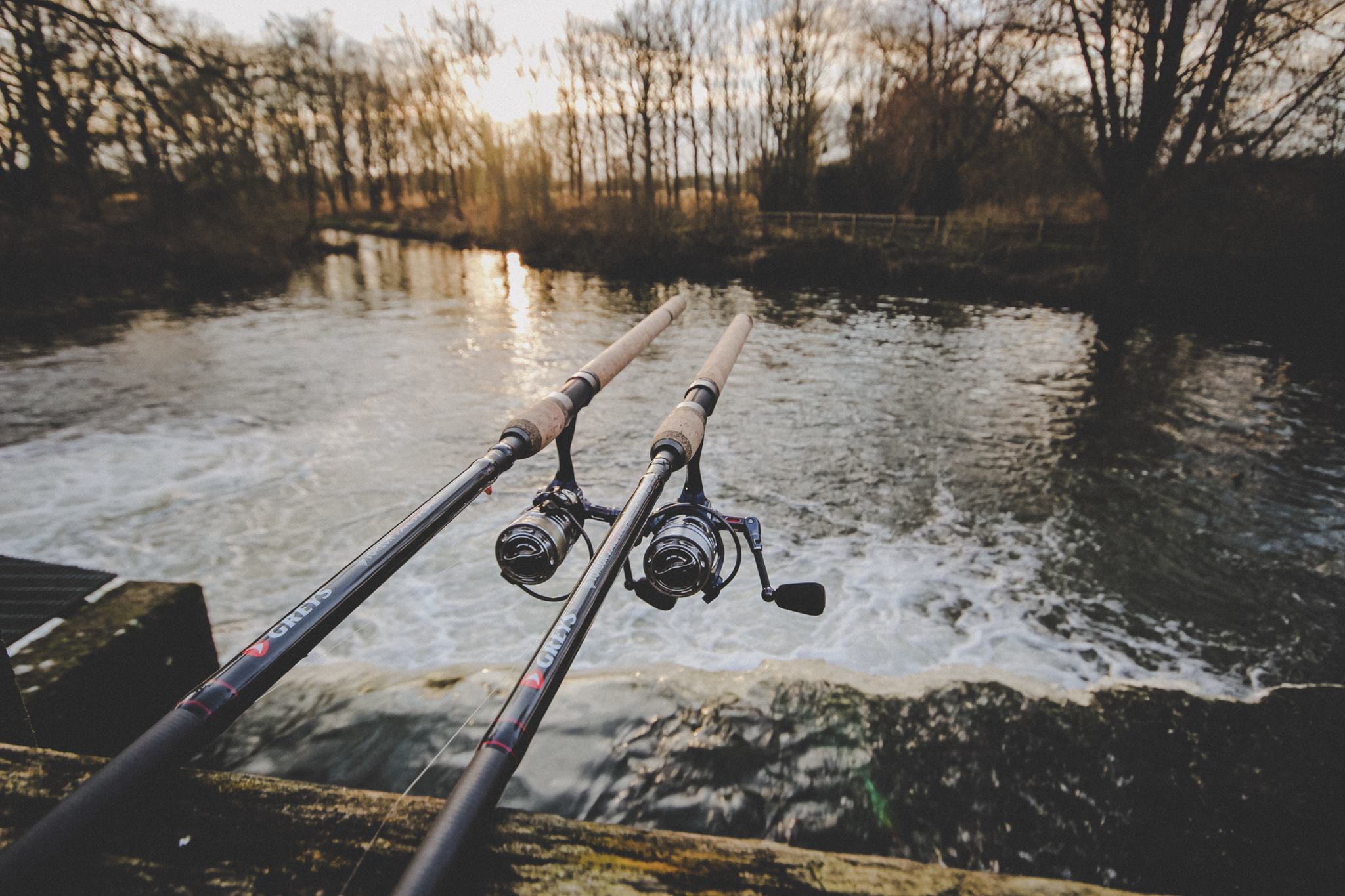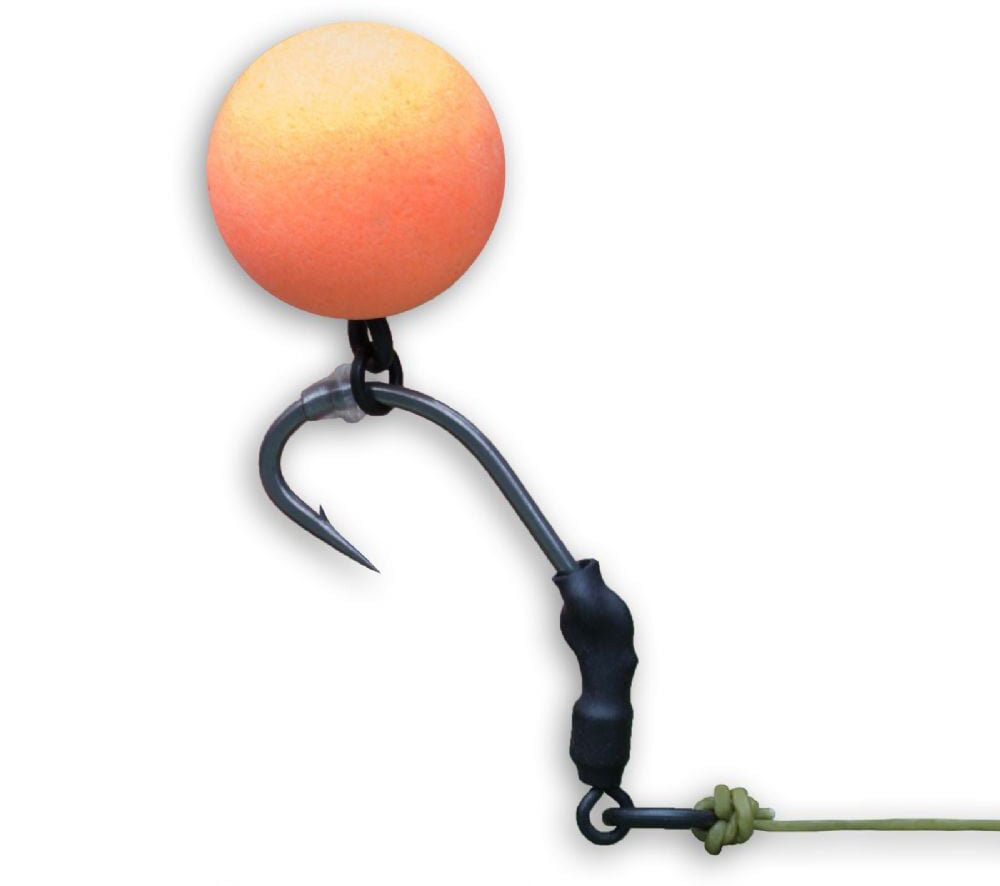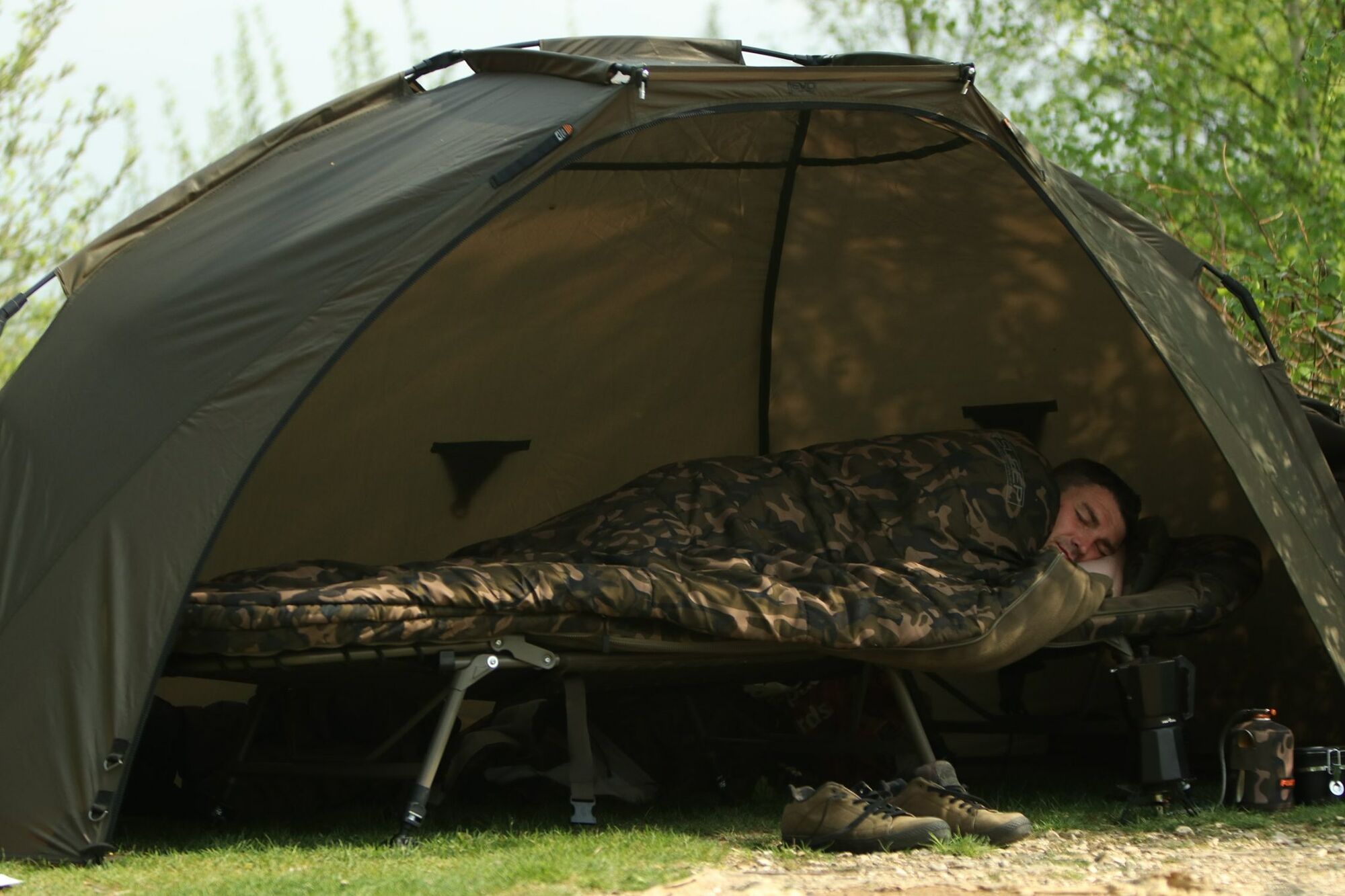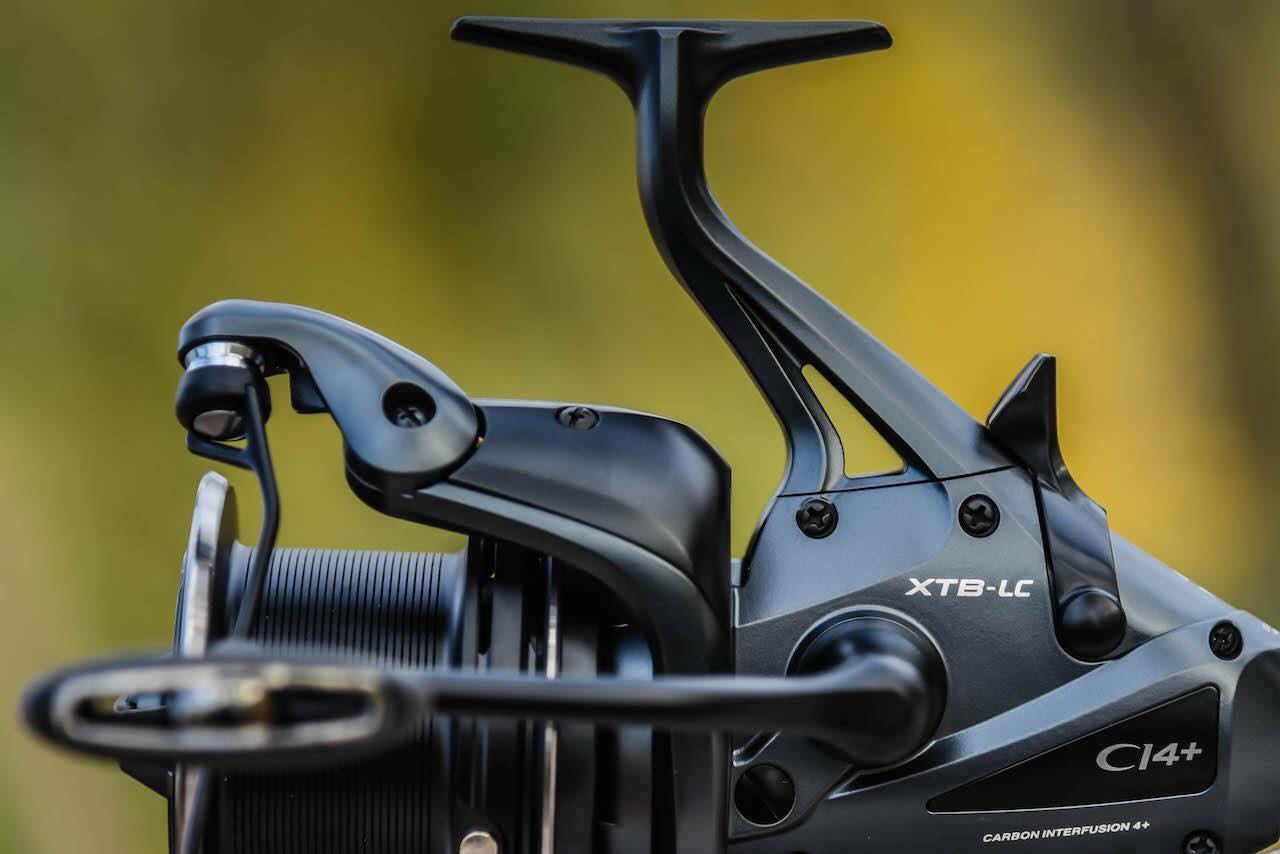How to Surface Fish for Carp
- By Andy Grenfell
- |
- 30 June 2023
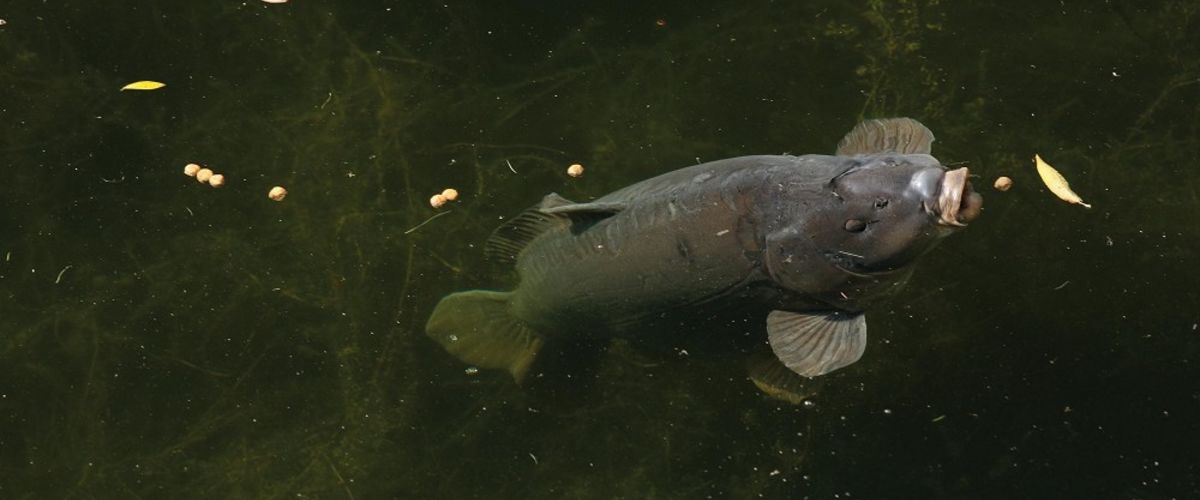
Take nothing away, whatever the outcome, chances will be frequent, and it can be incredibly selective, not just for species, but for individual fish. It is a method, in which you will be constantly active, but one that with continual effort will more often than not yield the rewards provided that you apply a little bit of finesse and guile, and your tackle is suitably balanced to the job. Below I will walk you through the basics that you will need to follow, and the types of kit you will require..
Polariods
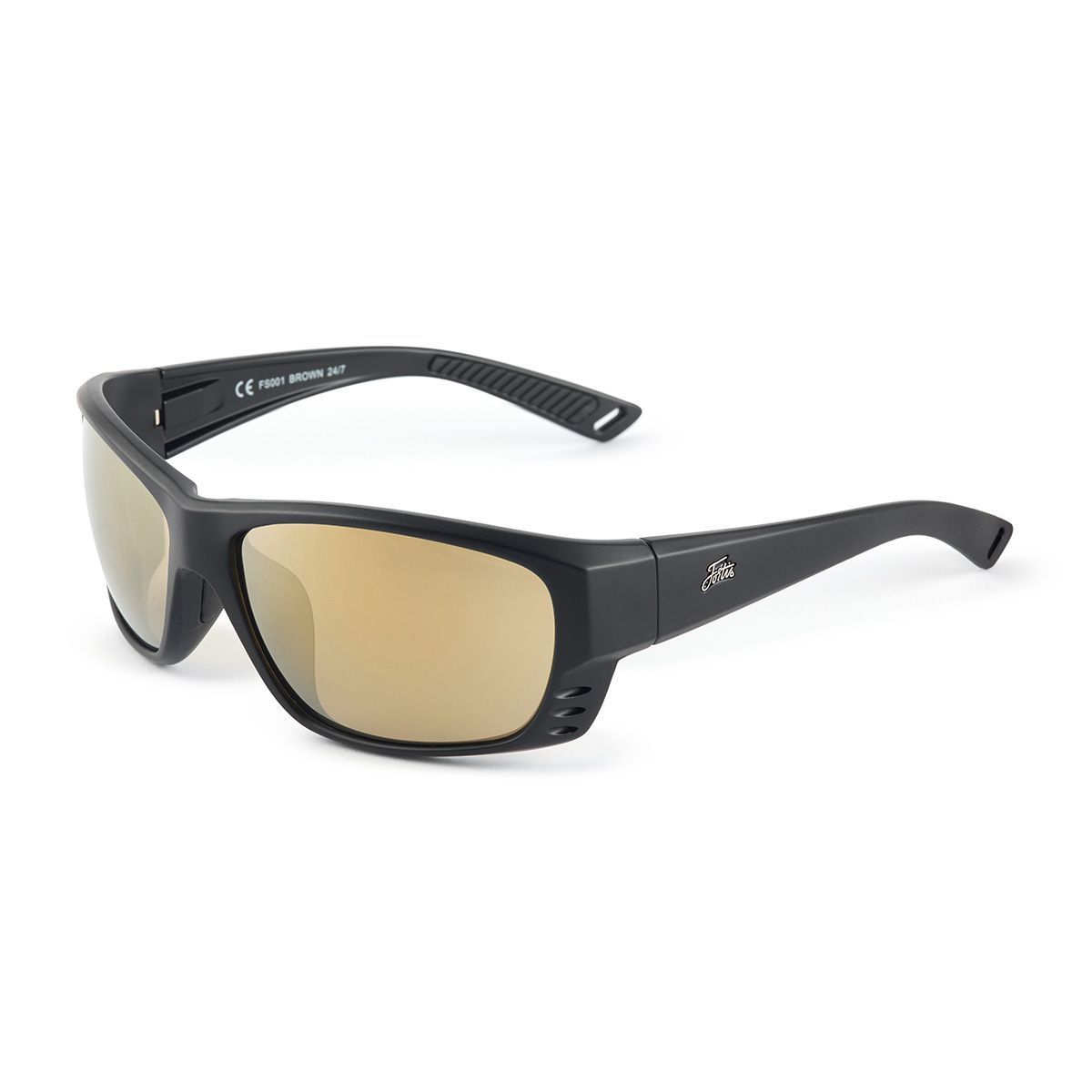
First up, the most essential thing you will need for surface fishing is a good quality pair of Polaroid sunglasses. If you cannot see them, then you are instantly on the back foot, and you will struggle. Secondly, you are going to spend the entirety of your time looking at the surface glare of the water, and this is going to take a toll on you from a fatigue element. If you are tired, and get a headache from staring at the bright surface glare, then you are not going to fish as effectively and your output will reduce. There are numerous good quality polarised fishing sunglasses available on our website, and Fortis offer a huge range of good quality polaroids.
Bait & Feed
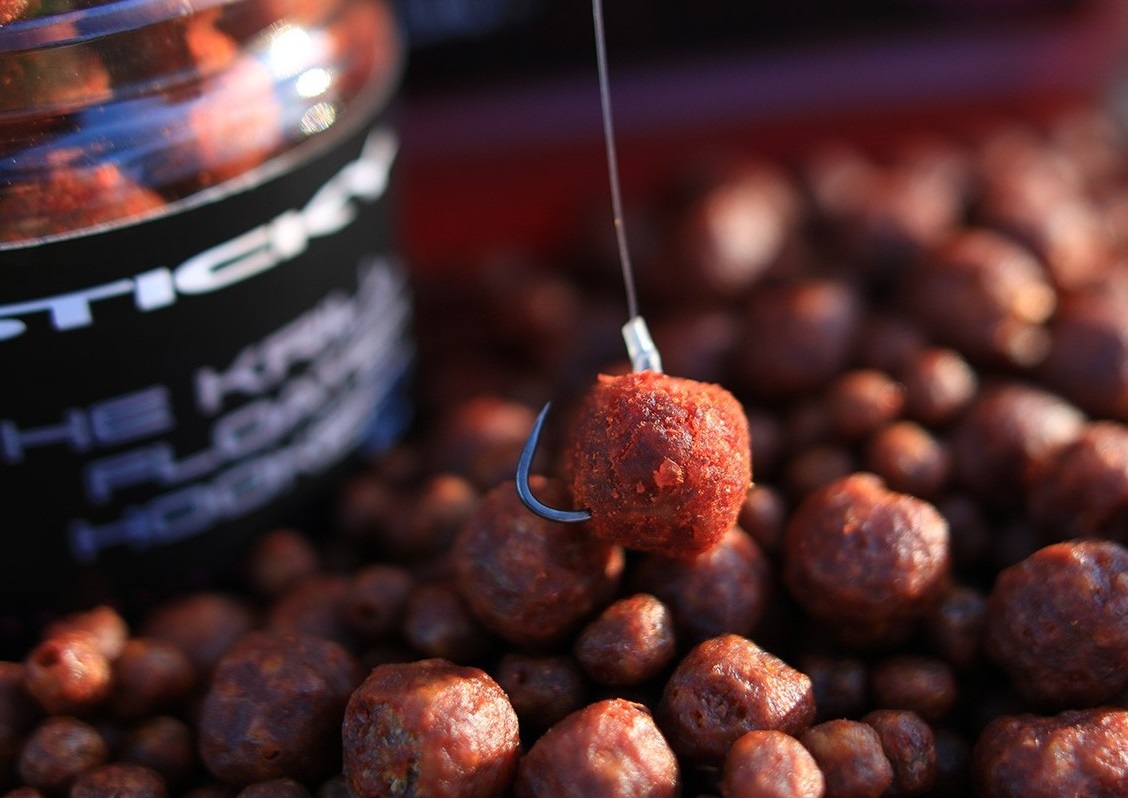
The next thing you will need to surface fish will be carp bait. Now as we are surface fishing this needs to float, however, there are some things to consider, such as the distance you may be fishing and the volume required. One of the cheapest options to fish with is bread. The main downside to bread is its main limitation it is not great for distance, so the range will be quite limited, it lacks durability, and you cannot load it with flavours, or oils like some other baits. However, carp love the stuff!
They will happily sit slurping the stuff down by the slice! You can almost frizbee slices out, or break it down in chunks and flick out around the edge, to get the carp going, the problem comes to durability on the hook as it tends to come off after only one or two casts, as it takes on water. However the way around this is to use the Nash bread bomb, you can roll up a slice of the white stuff, and the bread bomb will hold it in place, and even give it a quick dunk to take a little extra water if you need a time bit of extra of range.

However, the more popular option is to use floating pellets or dog/cat biscuits. This comes with the advantages that you can add oils and flavours, and have a range of sizes to constantly keep the carp guessing whilst the bait itself is more resistant to small species like roach, and rudd, which might be attacking them on the surface. They are also far more versatile in how you can bait up, as larger pellets you can apply either via a catapult or throwing stick or at longer ranges, via a spomb. Now you will notice, I have twice mentioned, the application of an oil or flavour to the bait. This is a great way of adding attraction but also making your life easier when it comes to seeing the fish take and spotting your hookbait. If you apply oil, something like a hemp oil or salmon oil not only are you boosting the attraction of your feed, the oil will flatten the surface of the water, resulting in a flat spot, free from the surface ripple, if there is a light breeze, making spotting everything much much easier. My preferred option for this is the Sticky Krill floaters, as these are available in a range of sizes, inc 3mm, 6mm, and 11mm pellets, and are already flavoured and soaked in oil. Matching floater hookbaits are available or you can, of course, choose your hookbait with a trimmed-down pop-up, flavoured piece of cork, or artificial hookbait. The important thing here is how you feed. You need to feed little and often, ensuring you gain the carps confidence, and get some element of competition, so they are actively slurping down baits. You ideally need to find a pack of fish, not just one or two lone stragglers. Getting just one or two fish actively feeding confidently on the surface in a competitive manner, is very difficult, but with a pod of fish, this is far more achievable. This may take 10 minutes, or a couple of hours, and involve feeding the birds off with a few free slices of bread, or a sack of cheap dog biscuits in the edge from the local supermarket, but once you have that competitive feeding status going you can then think about casting in.
Hardware
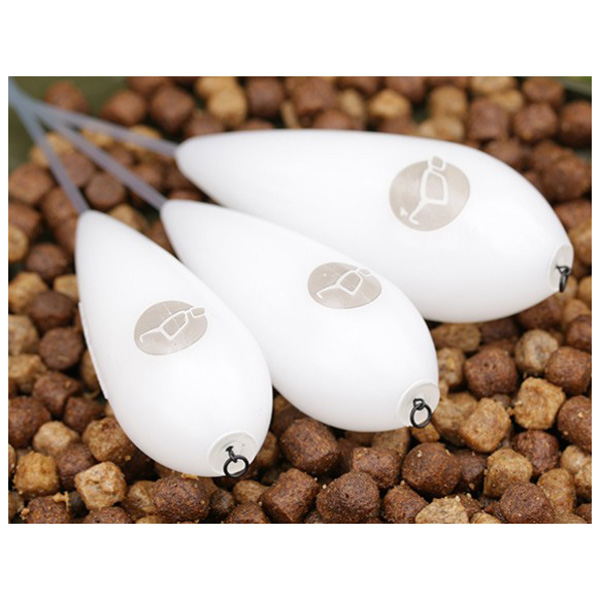
Rods & Reels
So you've now done around 80% of the hard work, and now you're preparing to cast in. This is where it is vital to ensure that your kit is correctly balanced, this applies to not just the terminal end, but rod and reel, which is where I will start. You are likely going to be holding the rod far more than if you are ledgering, so therefore it's important its light and comfortable to hold. A couple of great options are the Fox Horizon X3 rod which is a 12ft 2.25 test curve, or the Shimano TX2 12ft 2lb Floater. Both of these carp rods are beautiful soft action, which is very important as you will be using lighter, finer lines and hooklinks and will want something capable of absorbing those heavy lunges.

My preferred rod, however, is the Century Armalite MK3 supergrade in a 12ft 2.25lb test curve. It's got a faster recovery for casting bigger controllers, but maintains a wonderfully soft playing action, whilst being lightweight to hold. (Plus I am a sucker for a cork handle). In addition to this, on the reel, you will not be requiring big pit reels, so something small and lightweight is ideal. I favour the Daiwa GS4000 reel, or the Daiwa Whisker 2600. Both are lightweight and robust, whilst having a suitably sized spool to hold just the right amount of line needed for surface fishing.
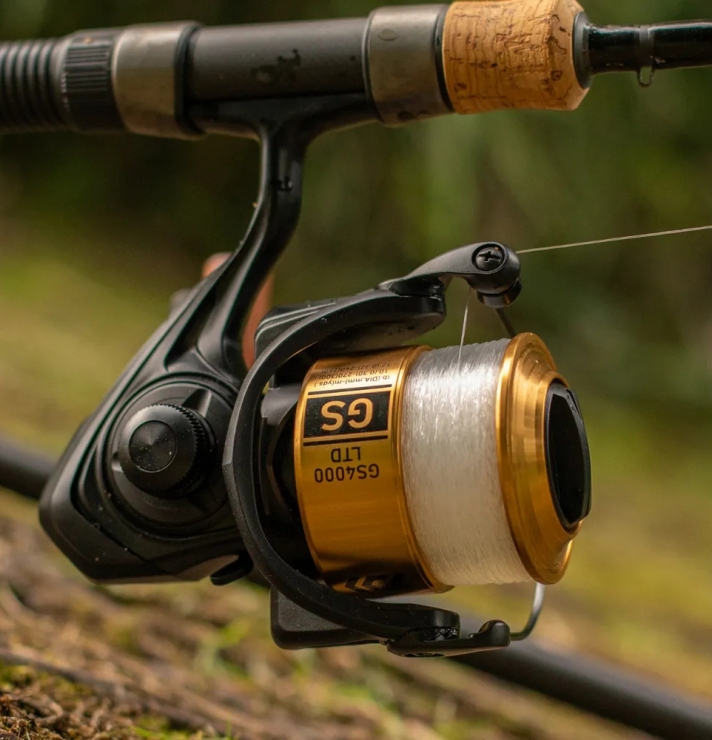
Moving onto carp fishing lines, a floating line is crucial. If your line is sinking, then the fish will spook, as it hangs down into the water, and it will also result in the controller being dragged back towards you. For this, I favour the new Gardner HD floater mono or Guru's Pluse 8 braid if rules allow braided mainline.
The mono is low stretch, super buoyant, low diameter, and is incredibly low viz, even in the green, whilst in the clear it almost disappears. The braid however is incredibly thin, and as its zero stretch, means you can maintain contact to the controller far easier, and when it comes to striking, setting the hook is almost instant. This is brilliant when it comes to fininky shy-biting fish that might be spitting the mixer. For hooklink, I will opt for a lighter mono, so a lighter breaking strain of the mainline, in the HD mono, and I would always opt for a mono hook link, as the braid is slightly more visible at the terminal hook end. Other great mono options do of course include things like Nash Zig Flo, or Korda Kruiser for either mainline or hooklink options.
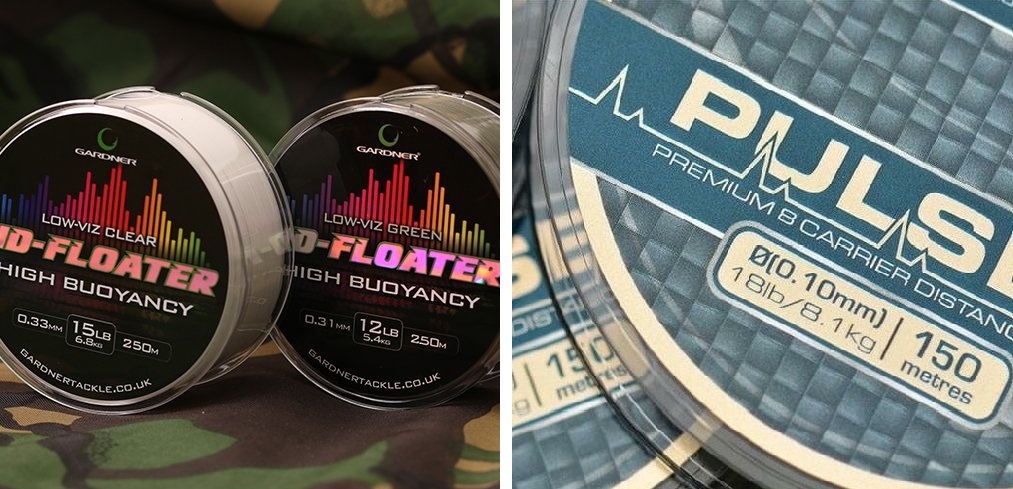
Moving onto controllers, and this is where you have versatility. I favour the Korda Surface Interceptor float, as there are four sizes in the range from 5g up to 80g, and the quick-change system that allows you to quickly switch from one size of float to another, simply by sliding it off of your main line and using the specially designed quick-change swivel. This is perfect if the fish suddenly move out of range or drift close in and you don’t want to be crashing a heavy controller near them.
It is important to always overcast the fish wherever possible to then slightly drag them back into the pack of feeding fish. These floats are ideal for that, and the long rear stem helps prevent tangles, and the concave weighted front aids hooking.
You can of course opt for more conventional controllers or even a bubble float for really spooky fish, but that is my preferred option.
For hooks, and mounting the hookbait, I will either opt for a short hair or glue the bait directly to the back of the shank of the hook, generally favouring a Gardner BCR Rigga in size 8 for hair rigging as the out turned eye enables the hookline to exit straight. These hooks are razor-sharp, and strong too.
Once I've overcast the fish and drawn it back into the feeding pack, I will generally keep an eye on my hookbait, by tipping it with a sliver of pink or orange pop-up or foam, and strike once I see my hookbait disappear, and I strike on the count of 3, once from the bait disappearing. This helps prevent prematurely striking at fish that might just mouth the bait and not necessarily take it confidently enough.
Once the hooks set, it is important to just stay calm, and be patient, as you play it, and enjoy the fight, rather than trying to bully the fish in, and then once safely in the net, keep feeding mixers, as you can often keep them feeding and capitalise on a couple of extra fish.
So there we have it. I hope this guide will encourage you to want to give surface fishing a try, as it is a hugely exciting method to try. So what are you waiting for, make use of those short summer evenings, and go catch some carp!
Until next time, tight lines.






